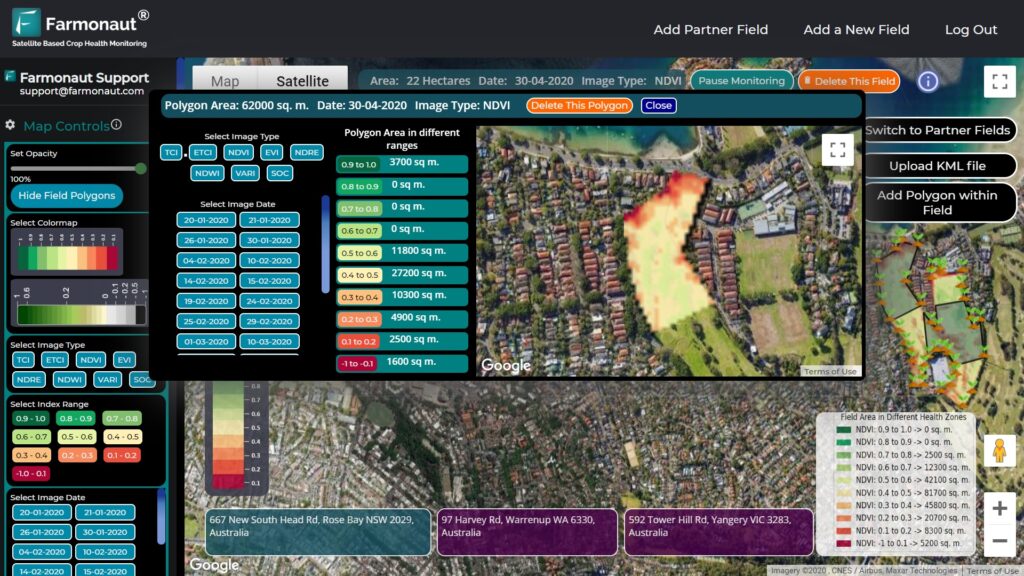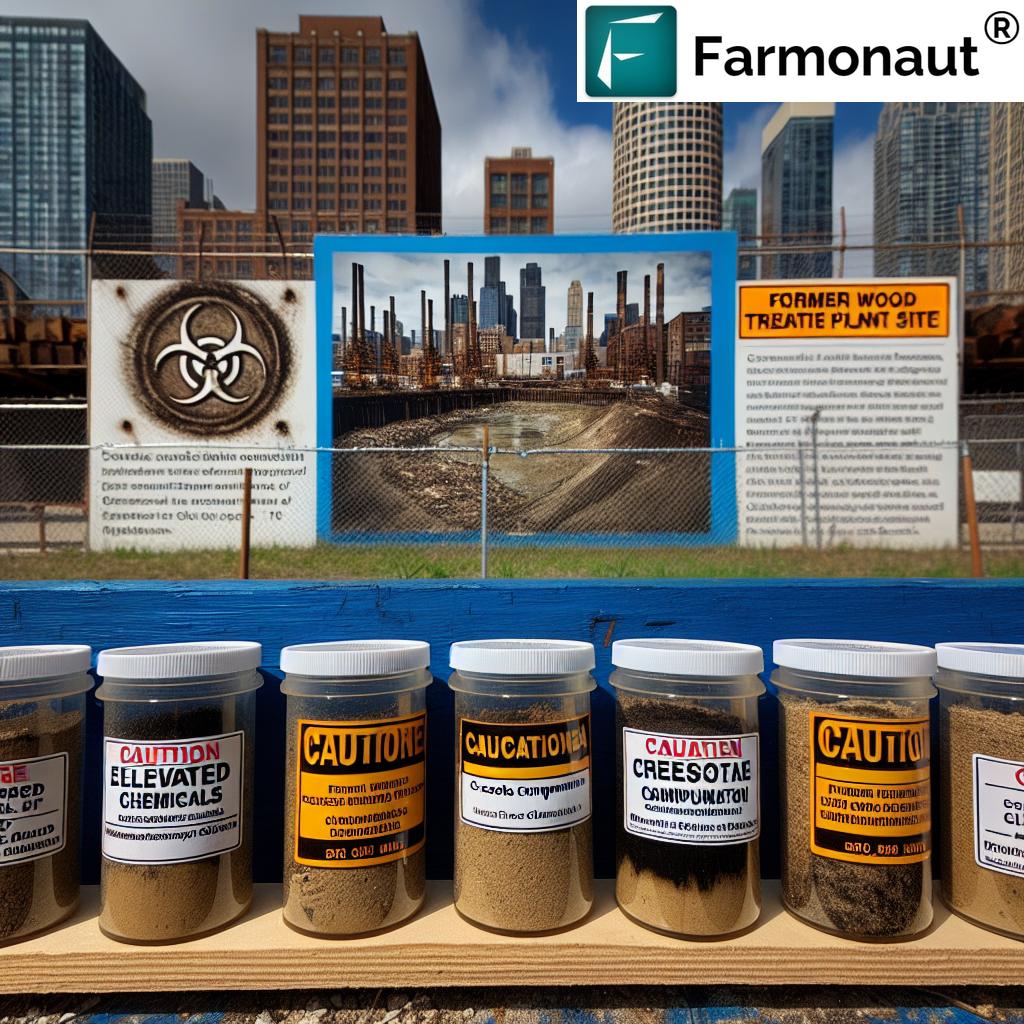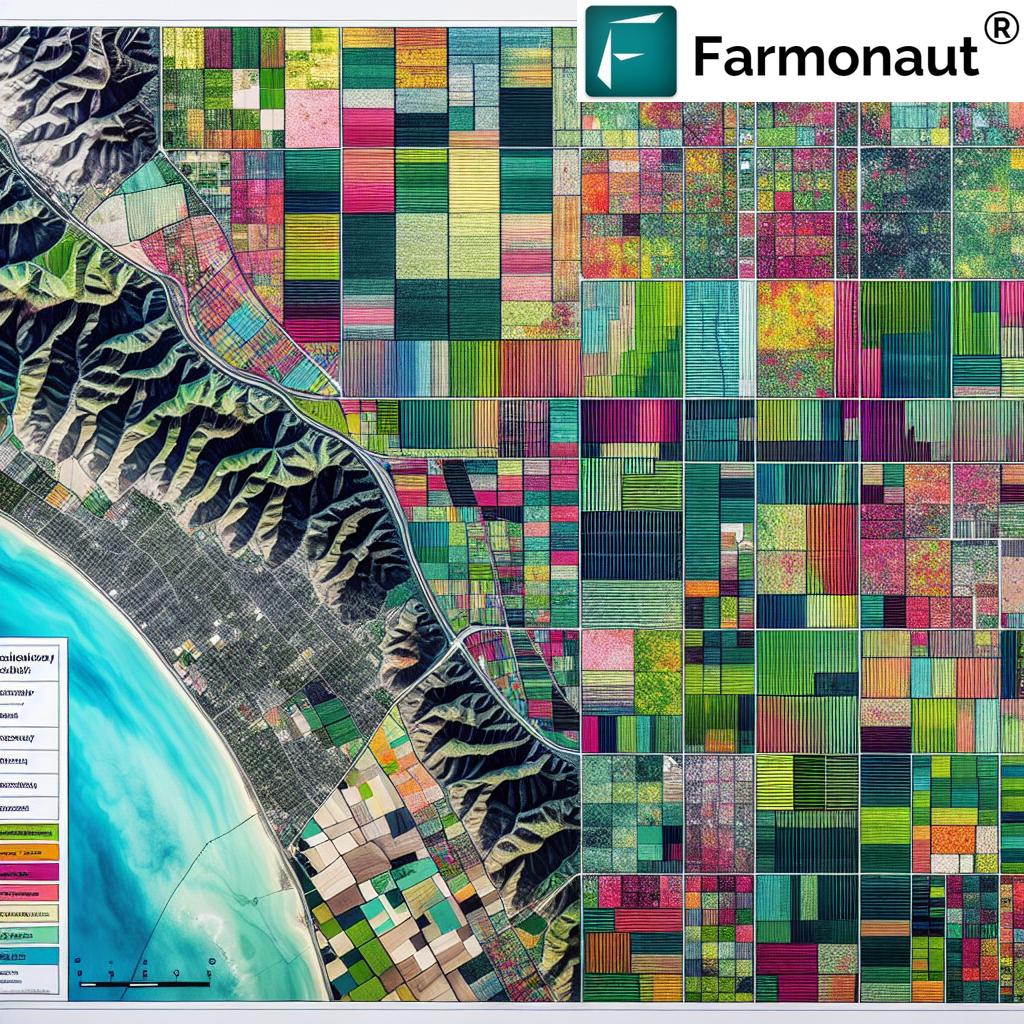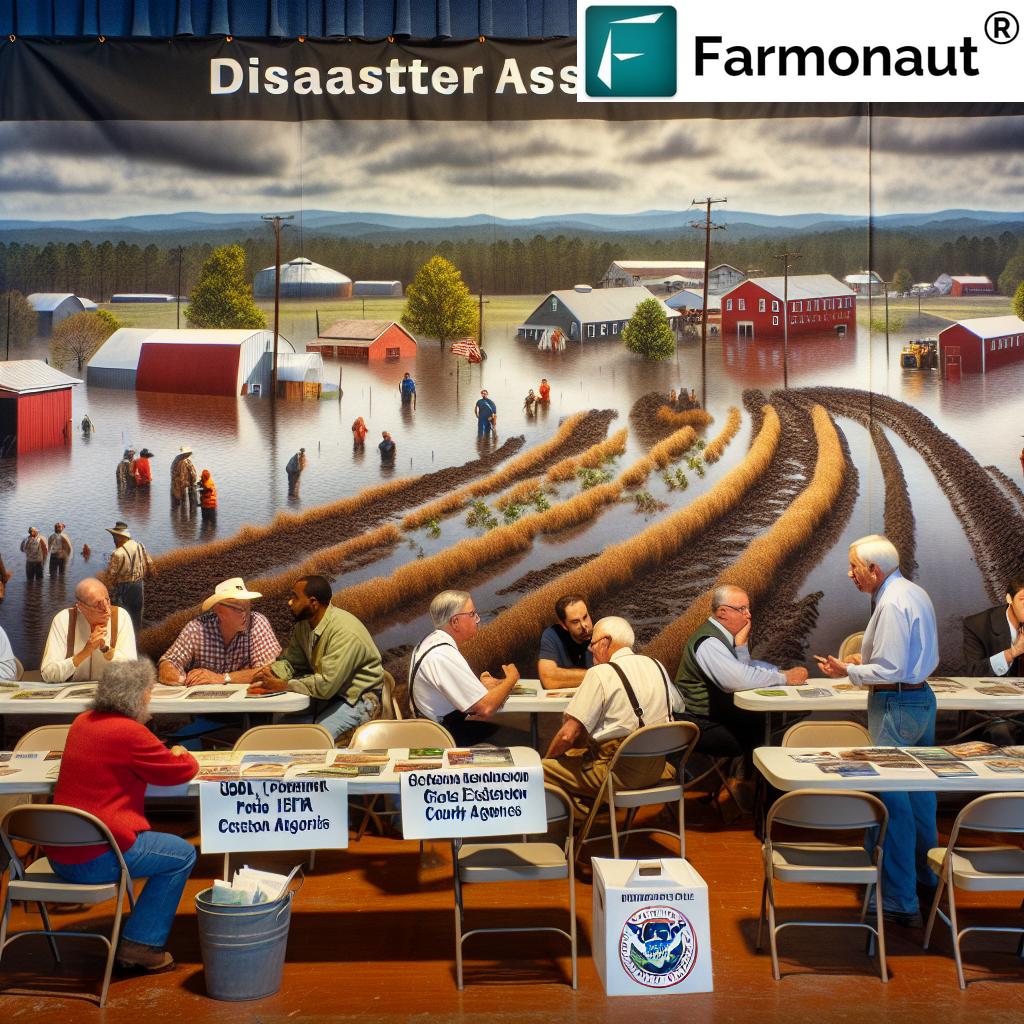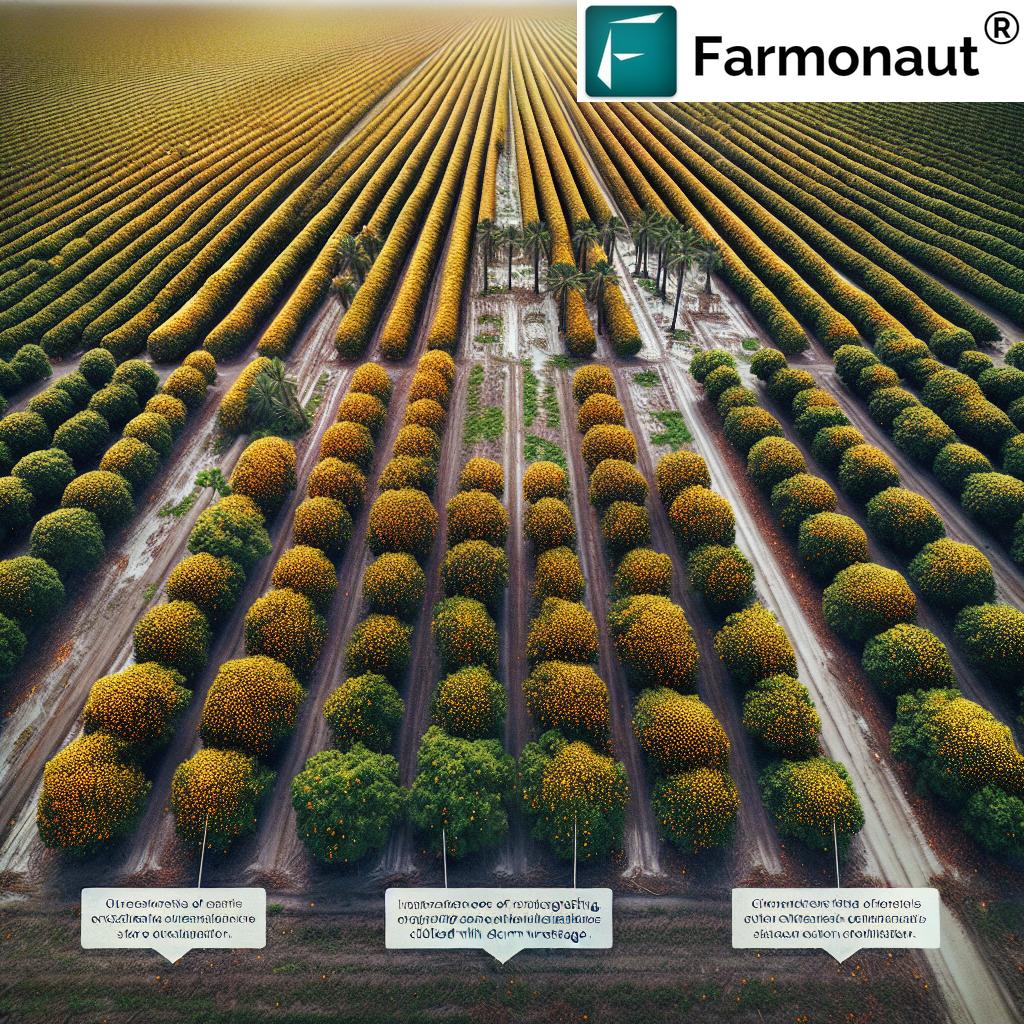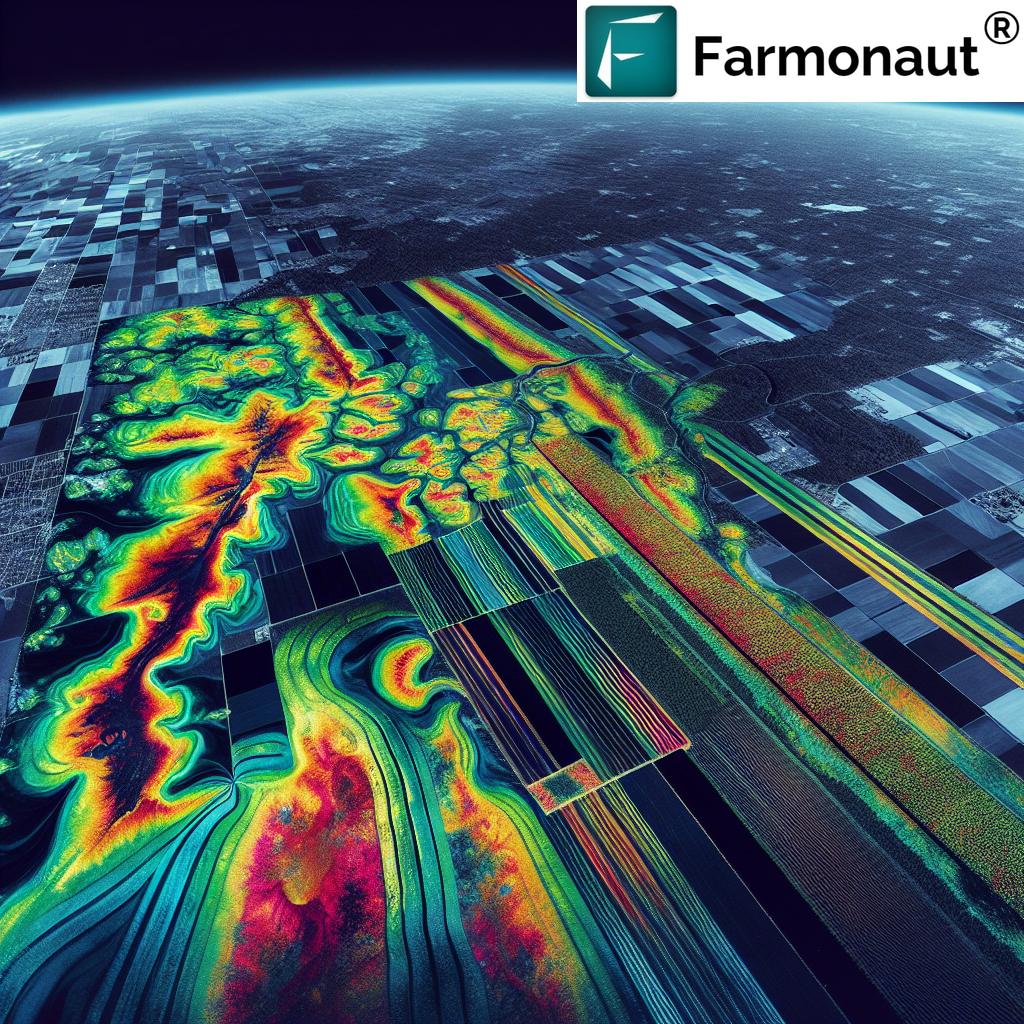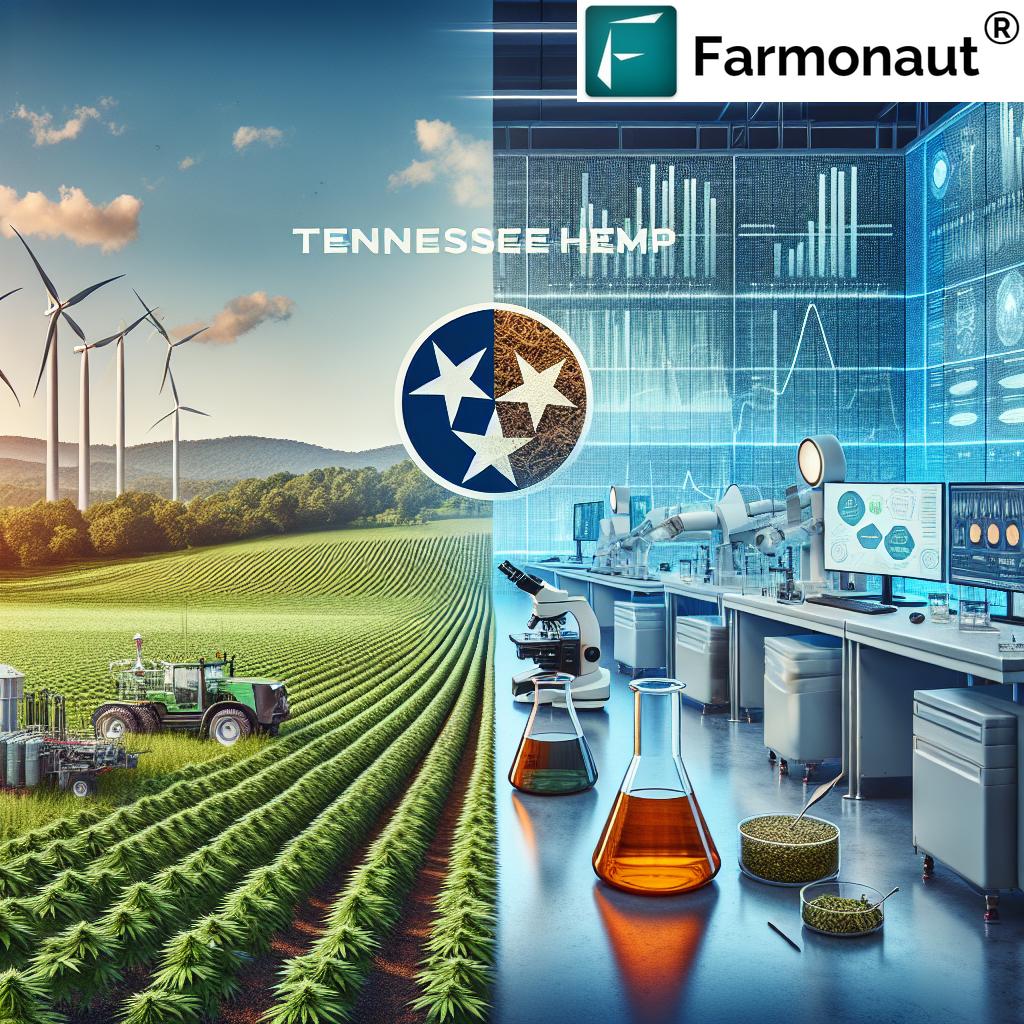Maryland’s Chesapeake Bay Legacy Act: Revolutionizing Sustainable Agriculture and Aquaculture for a Thriving Bay Economy
“The Chesapeake Bay Legacy Act aims to revolutionize sustainable practices across 64,000 square miles of watershed.”
We at Farmonaut are excited to dive into the groundbreaking Chesapeake Bay Legacy Act, a transformative initiative that promises to reshape Maryland’s approach to sustainable agriculture and environmental conservation. As pioneers in agricultural technology, we understand the critical importance of balancing economic growth with responsible environmental stewardship. Let’s explore how this landmark legislation is set to revolutionize the Chesapeake Bay region’s agricultural landscape and aquaculture industry.
The Chesapeake Bay: A Natural Treasure and Economic Powerhouse
The Chesapeake Bay is not just a beautiful natural resource; it’s a vital economic engine for Maryland. With its rich ecosystem and scenic beauty, the Bay generates an impressive $3.2 billion in tourism-related economic activity annually. Moreover, the seafood industry contributes about $600 million to the state’s economy each year. These figures underscore the importance of maintaining and improving the Bay’s health for both environmental and economic reasons.
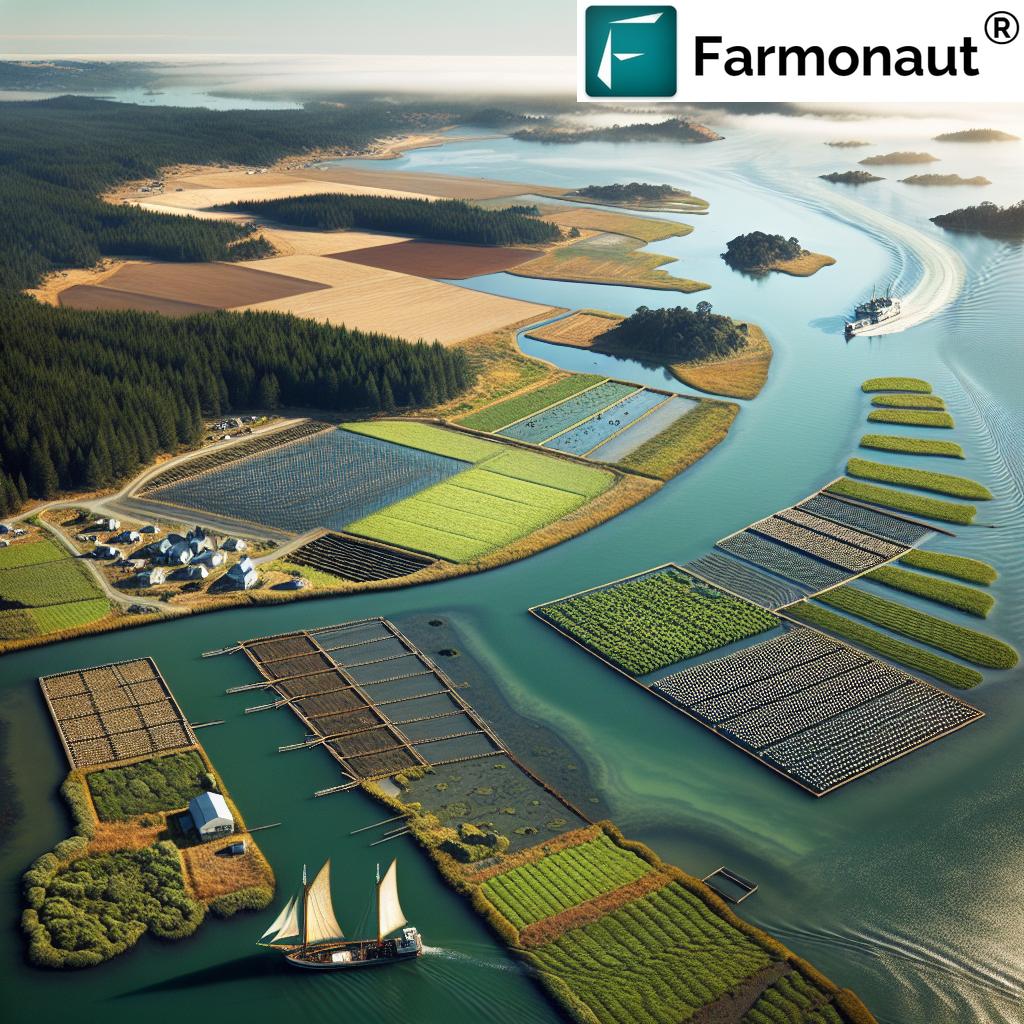
Key Components of the Chesapeake Bay Legacy Act
The Chesapeake Bay Legacy Act is a comprehensive piece of legislation that addresses multiple aspects of sustainable agriculture and aquaculture. Here are the main components:
- Support for Regenerative Agriculture: The act promotes regenerative farming practices that improve soil health, restore biodiversity, and mitigate climate change impacts.
- Streamlined Oyster Aquaculture: By simplifying the review process for aquaculture leases, the act aims to boost Maryland’s growing shellfish industry.
- Enhanced Water Quality Monitoring: Expanded monitoring efforts will help evaluate restoration progress and target pollution reduction projects more effectively.
- Innovative Land Leasing: Longer-term public land leases will be available to farmers who implement sustainable soil management practices.
- Leaders in Environmentally Engaged Farming Program: This initiative will recognize and incentivize farmers who promote best management practices and community engagement in watershed restoration efforts.
Revolutionizing Sustainable Agriculture in Maryland
The Chesapeake Bay Legacy Act introduces several innovative measures to promote sustainable agriculture in Maryland:
Long-Term Leases for Regenerative Farming
One of the most exciting aspects of the act is the provision for longer-term public land leases to farmers who implement regenerative practices. This approach addresses a significant barrier for new farmers – access to land. By providing extended lease periods, the state encourages farmers to invest in long-term soil health improvements, which are crucial for sustainable agriculture.
At Farmonaut, we recognize the importance of soil health in sustainable farming. Our satellite-based crop health monitoring system can be a valuable tool for farmers adopting regenerative practices, helping them track vegetation health and soil moisture levels over time.
Leaders in Environmentally Engaged Farming Program
This innovative program will recognize and further incentivize farmers who promote best management practices and community engagement in watershed restoration efforts. It’s designed to:
- Encourage the adoption of conservation practices like riparian buffers and cover crops
- Foster partnerships between industry and farmers to address environmental goals
- Support both experienced and beginning farmers in implementing sustainable practices
Our Jeevn AI Advisory System at Farmonaut could be an excellent complement to this program, providing farmers with real-time insights and expert crop management strategies to support their environmentally engaged farming efforts.
Boosting Maryland’s Aquaculture Industry
“Maryland’s oyster aquaculture industry, supported by the new act, has grown over 2000% since 2012.”
The Chesapeake Bay Legacy Act recognizes the significant potential of aquaculture, particularly oyster farming, in Maryland’s economy and environmental conservation efforts. Here’s how the act aims to revolutionize this sector:
Streamlined Aquaculture Lease Process
By simplifying the review process for aquaculture leases, the act aims to promote efficiency and growth in the industry. This streamlined approach will allow leaseholders to continue operations while waiting for permit renewals, ensuring uninterrupted production.
Economic Impact of Shellfish Aquaculture
Maryland’s shellfish aquaculture industry already has an estimated economic impact of more than $13 million annually. With the support of the Chesapeake Bay Legacy Act, this figure is expected to grow significantly. The state has seen record aquaculture harvests of over 90,000 bushels in each of the past three years, demonstrating the industry’s potential for expansion.
Oysters as Water Quality Improvers
Oysters play a crucial role in improving water quality, acting as natural filters for the Bay. Recognizing this, the act empowers the Maryland Department of the Environment to authorize oyster restoration projects to be eligible for water quality trading credits. This innovative approach will likely spur more oyster restoration work, benefiting both the environment and the aquaculture industry.

Enhanced Water Quality Monitoring and Pollution Reduction
A key component of the Chesapeake Bay Legacy Act is the expansion of water quality monitoring efforts across the state. This enhanced monitoring will serve multiple purposes:
- Evaluate the progress of Chesapeake Bay restoration efforts
- Target pollution reduction practices to areas where they will have the maximum benefit
- Provide Marylanders with a better understanding of water quality in their communities
At Farmonaut, we understand the importance of data-driven decision-making in environmental management. Our satellite-based monitoring technologies could potentially complement these efforts by providing additional layers of data on land use and vegetation health in the watershed.
Economic Benefits and Job Creation
The Chesapeake Bay Legacy Act is not just an environmental initiative; it’s a comprehensive strategy for economic growth. Here’s how the act is expected to boost Maryland’s economy:
Tourism and Recreation
Cleaner waterways will enhance Maryland’s appeal as a tourist destination, potentially increasing the $3.2 billion in economic activity already generated by Bay-related tourism.
Seafood Industry Growth
Improvements in water quality and habitat will benefit Maryland’s seafood industry, which currently contributes about $600 million annually to the state’s economy.
Job Creation in Aquaculture
The streamlined processes for aquaculture leases and support for oyster restoration projects are expected to create hundreds of new jobs in this growing sector.
Agricultural Innovation
By incentivizing sustainable and regenerative farming practices, the act is likely to spur innovation in the agricultural sector, potentially creating new job opportunities in agtech and related fields.
The Role of Technology in Implementing the Chesapeake Bay Legacy Act
As we at Farmonaut witness the evolving landscape of agriculture, we recognize the crucial role that technology plays in implementing ambitious initiatives like the Chesapeake Bay Legacy Act. Here’s how cutting-edge agricultural technologies can support the act’s goals:
Satellite-Based Crop Monitoring
Advanced satellite imagery, like that used in Farmonaut’s platform, can help farmers accurately monitor crop health, soil moisture levels, and other critical metrics. This technology supports the act’s emphasis on regenerative farming practices by providing farmers with the data they need to make informed decisions about irrigation, fertilizer usage, and pest management.
AI-Powered Advisory Systems
Artificial Intelligence (AI) advisory systems, such as Farmonaut’s Jeevn AI, can provide personalized recommendations to farmers based on real-time data. This aligns perfectly with the Leaders in Environmentally Engaged Farming Program, helping farmers implement best management practices tailored to their specific conditions.
Blockchain for Traceability
Blockchain technology, which Farmonaut incorporates in its solutions, can play a significant role in ensuring transparency in the seafood supply chain. This is particularly relevant for Maryland’s growing aquaculture industry, as it can help verify the origin and sustainability of oysters and other seafood products.
Carbon Footprint Tracking
Technologies that allow for accurate carbon footprint tracking, like those offered by Farmonaut, can help Maryland farmers and agribusinesses monitor and reduce their environmental impact. This aligns with the act’s overall goal of promoting sustainable practices and improving the Bay’s health.
Challenges and Opportunities
While the Chesapeake Bay Legacy Act presents numerous opportunities, it also comes with challenges that need to be addressed:
Challenges
- Implementation Costs: Adopting new sustainable practices may require initial investments from farmers and aquaculture businesses.
- Technology Adoption: There may be a learning curve for some farmers in adopting new technologies and practices.
- Balancing Economic and Environmental Goals: Striking the right balance between economic growth and environmental protection will require ongoing effort and adjustment.
Opportunities
- Innovation in Agriculture: The act could spur the development of new, sustainable farming technologies and practices.
- Eco-Tourism Growth: Improved water quality could boost Maryland’s appeal as an eco-tourism destination.
- Job Creation: New opportunities in sustainable agriculture, aquaculture, and related industries could lead to significant job creation.
- Research and Development: The act could stimulate increased R&D in environmental sciences and agricultural technology.
Impact Overview: Chesapeake Bay Legacy Act
| Impact Area | Current Status | Expected Improvements |
|---|---|---|
| Sustainable Agriculture Practices | Limited adoption of regenerative farming | Widespread implementation of soil health practices, increased biodiversity |
| Oyster Aquaculture | 90,000 bushels annual harvest | Significant increase in production, streamlined lease process |
| Water Quality Monitoring | Limited coverage | Expanded monitoring network, improved data for decision-making |
| Pollution Reduction | Ongoing challenges | Targeted, cost-effective pollution reduction projects |
| Public Land Leases for Farmers | Short-term leases | Long-term leases promoting sustainable practices |
| Job Creation in Aquaculture | Estimated 13 million economic impact | Hundreds of new jobs, increased economic contribution |
FAQ: Chesapeake Bay Legacy Act
Q: How will the Chesapeake Bay Legacy Act benefit farmers?
A: The act will provide longer-term public land leases to farmers implementing sustainable practices, offer incentives through the Leaders in Environmentally Engaged Farming Program, and support the adoption of innovative agricultural technologies.
Q: What impact will this act have on Maryland’s aquaculture industry?
A: The act aims to streamline the aquaculture lease process, potentially boosting production and creating new jobs. It also recognizes the environmental benefits of oyster farming, which could lead to increased support for the industry.
Q: How will the act improve water quality in the Chesapeake Bay?
A: By promoting sustainable agricultural practices, expanding water quality monitoring, and supporting oyster restoration projects, the act takes a multi-faceted approach to improving water quality in the Bay.
Q: What economic benefits can Maryland expect from this legislation?
A: The act is expected to boost tourism, support the growth of the seafood and aquaculture industries, create new jobs in sustainable agriculture, and potentially increase property values near the Bay.
Q: How does technology factor into the implementation of this act?
A: Advanced technologies like satellite-based crop monitoring, AI advisory systems, and blockchain for traceability can play crucial roles in supporting the act’s goals of sustainable agriculture and environmental conservation.
Conclusion: A New Era for the Chesapeake Bay
The Chesapeake Bay Legacy Act represents a bold step towards a more sustainable and prosperous future for Maryland. By integrating environmental conservation with economic growth, the act sets a new standard for responsible resource management. As we at Farmonaut continue to develop innovative agricultural technologies, we’re excited to see how initiatives like this can leverage cutting-edge solutions to address environmental challenges.
The success of this act will depend on the collaborative efforts of farmers, aquaculturists, policymakers, and technology providers. By working together, we can ensure that the Chesapeake Bay remains a thriving ecosystem and a powerful economic engine for generations to come.
As we move forward, it’s clear that the Chesapeake Bay Legacy Act is not just about preserving a natural treasure – it’s about creating a sustainable model for growth that balances economic needs with environmental stewardship. This holistic approach could serve as a blueprint for other regions facing similar challenges, potentially influencing environmental policy on a national scale.
Earn With Farmonaut: Affiliate Program
Earn 20% recurring commission with Farmonaut’s affiliate program by sharing your promo code and helping farmers save 10%. Onboard 10 Elite farmers monthly to earn a minimum of $148,000 annually—start now and grow your income!
Farmonaut Subscriptions
As we look to the future, the Chesapeake Bay Legacy Act stands as a testament to Maryland’s commitment to sustainable development. It’s a reminder that with innovative policies, advanced technologies, and community engagement, we can create a future where economic prosperity and environmental conservation go hand in hand.
For more information on how Farmonaut’s agricultural technology solutions can support sustainable farming practices, visit our API page or check out our API Developer Docs.




